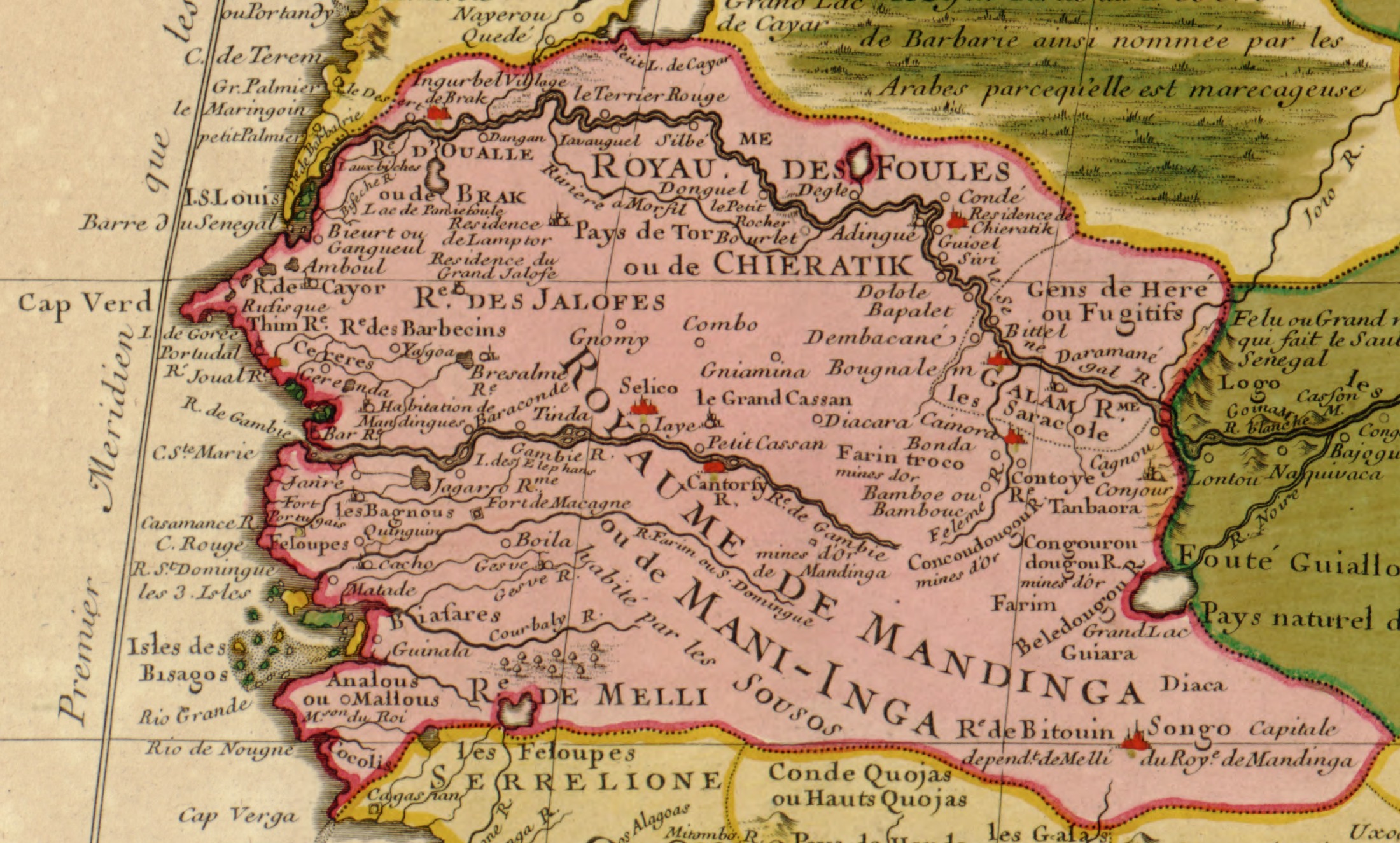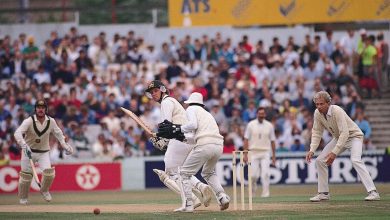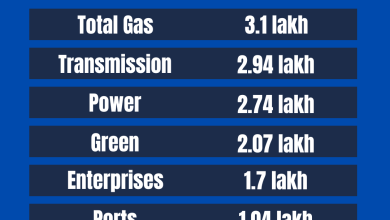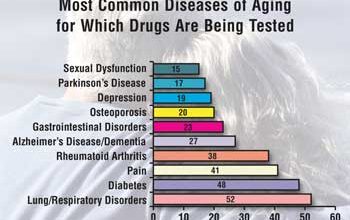Introduction And History of Senegal: Unveiling a Rich Legacy

Senegal is a beautiful country in West Africa. It has a rich history and vibrant culture. This blog will take you through the origins and significant events of Senegal. Let’s dive into its fascinating story!
Geography and Location
Senegal is located on the west coast of Africa. It borders the Atlantic Ocean to the west. The country shares borders with Mauritania, Mali, Guinea, and Guinea-Bissau. The capital city of Senegal is Dakar. Dakar is an important port city on the Atlantic coast.
Early History of Senegal
Senegal has been inhabited for thousands of years. Early settlers were hunters and gatherers. Over time, they formed small communities. These communities grew into larger societies. The earliest known kingdoms in Senegal were the Tekrur and Jolof Kingdoms.
Tekrur Kingdom
The Tekrur Kingdom existed around the 9th century. It was located in the Senegal River valley. The Tekrur people were known for their skills in farming and trading. They traded gold, salt, and other goods with nearby regions.
Jolof Kingdom
The Jolof Kingdom emerged in the 13th century. It was a powerful empire in the region. The Jolof people were known for their strong military and political organization. The kingdom played a significant role in regional trade and politics.

Credit: en.wikipedia.org
Colonial Era
European explorers arrived in Senegal in the 15th century. The Portuguese were the first to arrive. They were followed by the French, Dutch, and British. The Europeans were interested in trade and resources. They established trading posts along the coast.
French Colonization
The French began to establish control over Senegal in the 17th century. They built forts and trading posts along the coast. The French gradually expanded their control inland. By the late 19th century, Senegal was a French colony. The French implemented their administrative and legal systems in Senegal.
Struggle for Independence
Senegalese people began to seek independence in the early 20th century. They were inspired by other African countries gaining independence. The struggle for independence was led by political leaders and activists. One of the most prominent leaders was Léopold Sédar Senghor.
Léopold Sédar Senghor
Senghor was a poet, politician, and cultural leader. He played a crucial role in Senegal’s independence movement. Senghor became the first president of Senegal in 1960. Under his leadership, Senegal gained independence from France on April 4, 1960.

Credit: www.facebook.com
Post-Independence Era
After gaining independence, Senegal faced many challenges. The country had to build its economy and infrastructure. It also had to establish a stable political system. Senghor’s government focused on education, health, and economic development.
Economic Development
Senegal’s economy is based on agriculture, fishing, and mining. The country is known for its peanut production. Tourism is also an important part of the economy. Senegal attracts visitors with its beautiful beaches and cultural heritage.
Education And Culture
Senegal places a strong emphasis on education. The country has many schools and universities. Senegalese culture is rich and diverse. It includes music, dance, art, and literature. The country is known for its vibrant festivals and traditions.
Modern Senegal
Today, Senegal is a stable and democratic country. It continues to grow and develop. The country is known for its hospitality and friendly people. Senegal is a leader in West Africa and plays an important role in regional and international organizations.
Political Stability
Senegal has a stable political system. The country holds regular elections. It has a multi-party democracy. Senegalese people actively participate in the political process. The country has a strong commitment to human rights and the rule of law.
Economic Growth
Senegal’s economy continues to grow. The government is investing in infrastructure and development projects. The country is attracting foreign investment. Senegal is working to improve living standards and reduce poverty.
International Relations
Senegal is an active member of international organizations. It is part of the African Union and the United Nations. The country plays a significant role in promoting peace and security in the region. Senegal has strong diplomatic relations with many countries around the world.
Frequently Asked Questions
What Is Senegal Known For?
Senegal is known for its rich culture, diverse heritage, and historic sites.
Where Is Senegal Located?
Senegal is located in West Africa, bordering the Atlantic Ocean.
What Is The Capital Of Senegal?
The capital of Senegal is Dakar.
Who Are The Major Ethnic Groups In Senegal?
Major ethnic groups include Wolof, Fulani, and Serer.
Conclusion
Senegal is a country with a rich history and a bright future. From its early kingdoms to its struggle for independence, Senegal has a fascinating story. The country continues to grow and develop. It is a leader in West Africa and a beacon of hope and progress. Visit Senegal to experience its beauty, culture, and hospitality.
Quick Facts About Senegal
| Fact | Detail |
|---|---|
| Capital | Dakar |
| Official Language | French |
| Population | Approximately 16 million |
| Currency | West African CFA franc |
| Independence Day | April 4, 1960 |
Thank you for reading about the history and introduction of Senegal. We hope you found this article informative and engaging. Feel free to share your thoughts and experiences with us. Stay tuned for more exciting articles on African history and culture!




